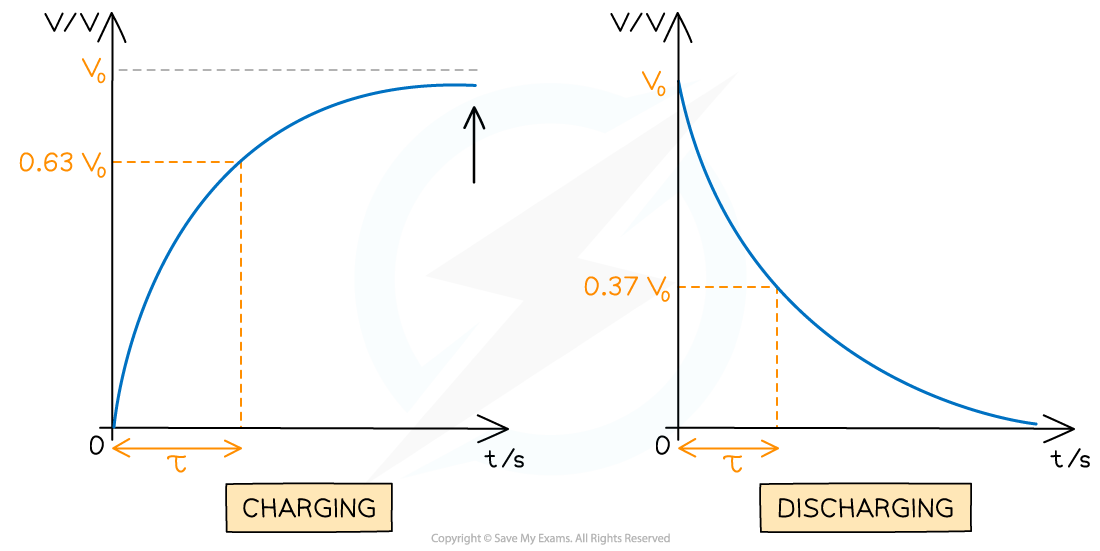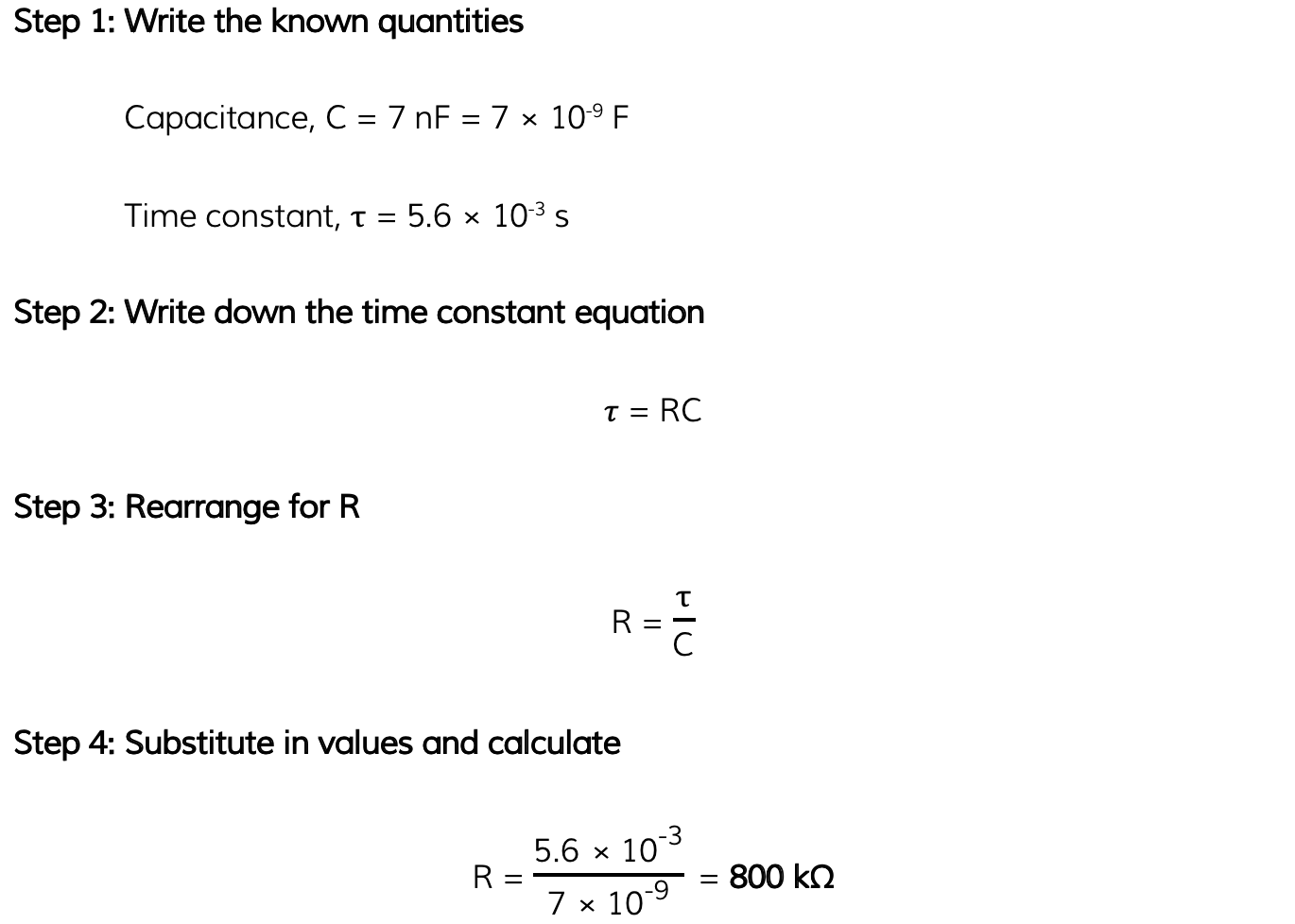- 翰林提供学术活动、国际课程、科研项目一站式留学背景提升服务!
- 400 888 0080
IB DP Physics: HL复习笔记11.3.4 The Time Constant
The Time Constant
- The time constant of a capacitor discharging through a resistor is a measure of how long it takes for the capacitor to discharge
- The definition of the time constant is:
The time taken for the charge, current or voltage of a discharging capacitor to decrease to 37% of its original value
- Alternatively, for a charging capacitor:
The time taken for the charge or voltage of a charging capacitor to rise to 63% of its maximum value
The graph of voltage-time for a discharging capacitor showing the positions of the first three time constants
- The time to half, t1/2 (half-life) for a discharging capacitor is:
The time taken for the charge, current or voltage of a discharging capacitor to reach half of its initial value
 Exam Tip
Exam Tip
Note that the time constant is not the same as half-life. Half-life is how long it takes for the current, charge or voltage to halve whilst the time constant is to 37% of its original value (not 50%).
Although the time constant is given on the datasheet, you will be expected to remember the half-life equation t1/2 = 0.69RC
Problems Involving the Time Constant
- Problems involving the time constant tend to involve
- Calculations
- Determining the time constant from a graph
- To find the time constant from a voltage-time graph, calculate 0.37V0 and determine the corresponding time for that value

The time constant shown on a charging and discharging capacitor
Worked Example
A capacitor of 7 nF is discharged through a resistor of resistance R. The time constant of the discharge is 5.6 × 10-3 s.
Calculate the value of R.

转载自savemyexams
站内搜索
竞赛真题免费下载(点击下载)
在线登记
最新发布
© 2024. All Rights Reserved. 沪ICP备2023009024号-1







